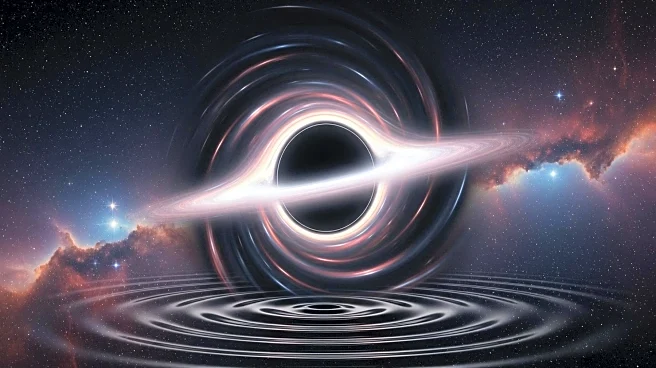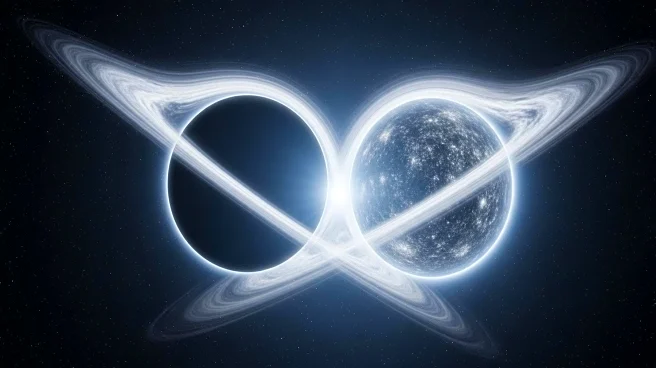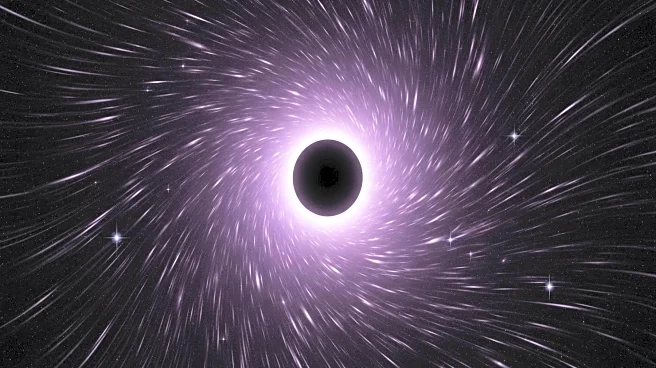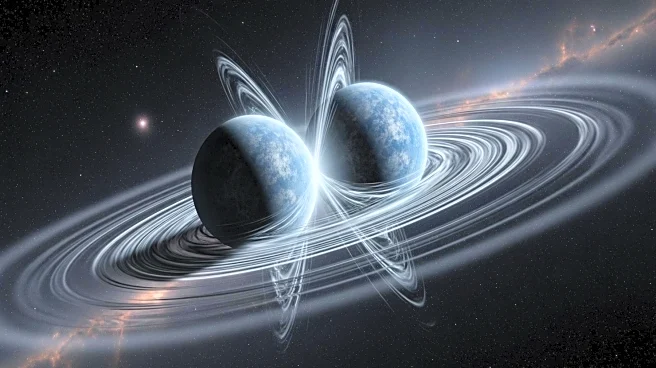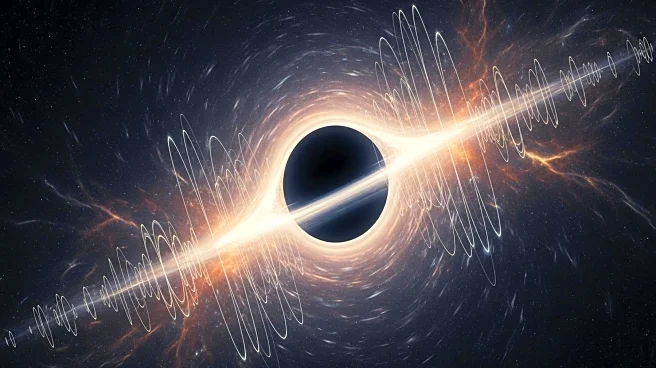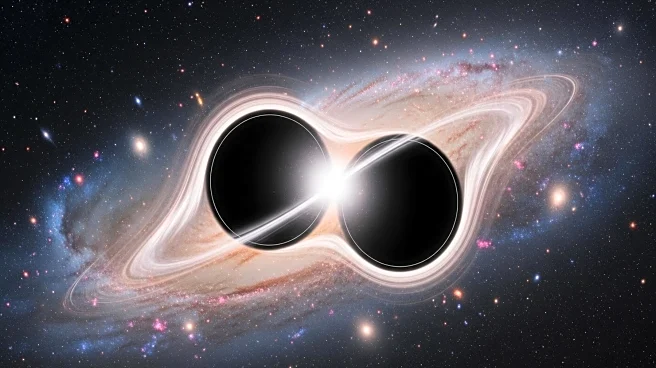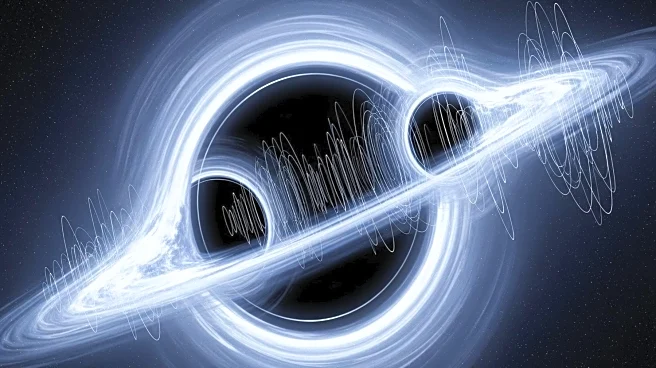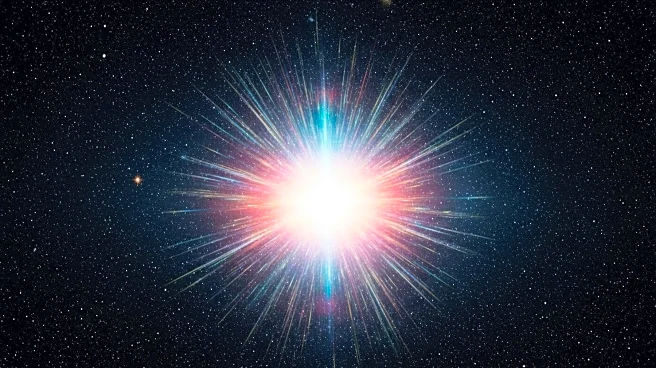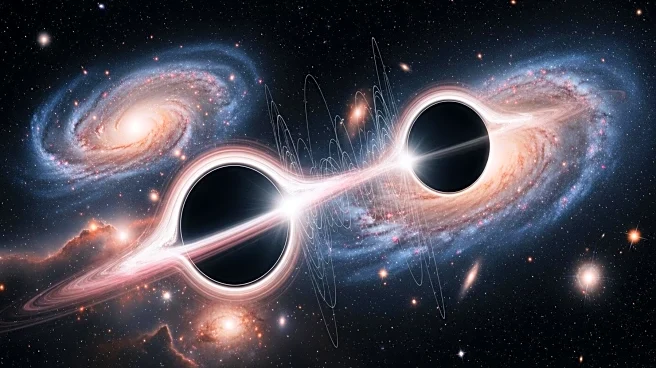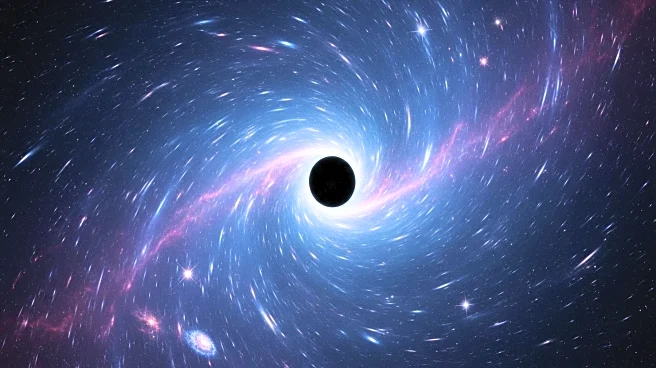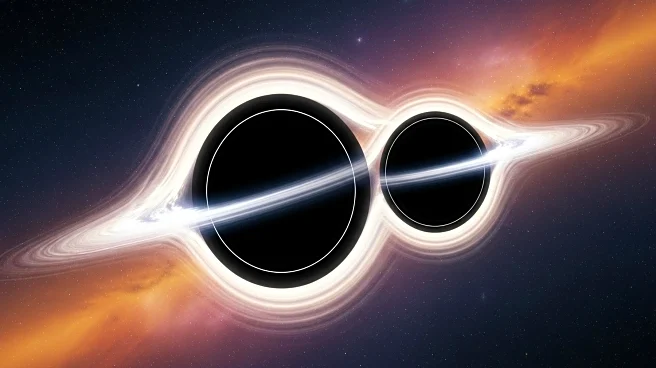What's Happening?
The Laser Interferometer Gravitational-wave Observatory (LIGO) has confirmed a theorem proposed by Stephen Hawking regarding black holes, using data from around 300 gravitational-wave events. These waves, first detected in 2015, are ripples in space-time caused by violent cosmic events, such as the merging of black holes. LIGO's detection of these waves supports Albert Einstein's theory of general relativity and provides evidence for Hawking's theorem about the event horizon of black holes. The event horizon is the boundary beyond which nothing, not even light, can escape the gravitational pull of a black hole. The detection of gravitational waves has opened a new method of astronomy, allowing scientists to 'hear' cosmic events rather than relying solely on electromagnetic observations.
Why It's Important?
This confirmation of Hawking's theorem is a significant milestone in astrophysics, providing deeper insights into the nature of black holes and the fundamental laws of the universe. The ability to detect gravitational waves enhances our understanding of cosmic phenomena and supports the predictions of general relativity. This advancement in gravitational wave astronomy could lead to further discoveries about the universe's most mysterious objects, such as black holes and neutron stars. It also demonstrates the power of international scientific collaboration, as the findings were made possible by the combined efforts of researchers from around the world.
What's Next?
Future observations of gravitational waves will continue to test scientific theories and expand our knowledge of the universe. The international LIGO/Virgo/KAGRA collaboration plans to conduct more observing runs, potentially doubling the number of known gravitational wave events. These efforts will help refine our understanding of black holes and other cosmic phenomena, and may lead to new discoveries about the universe's structure and evolution.
